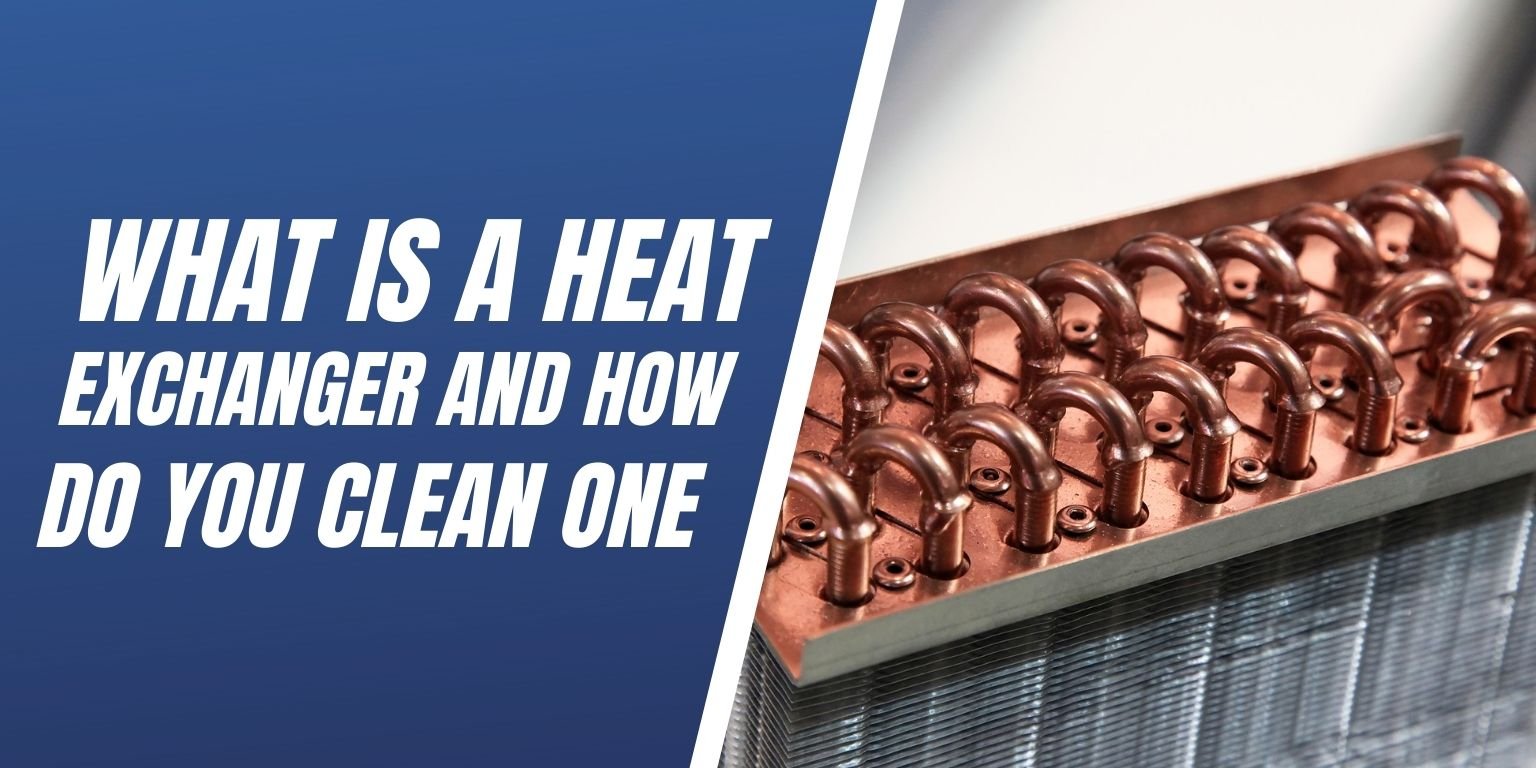
Did you know that running equipment into the ground costs between three and 10 times the amount of a regular maintenance plan? This goes for all types of machines, including heat exchangers.
Keeping a heath exchanger cleaned is imperative to proper functioning. A poorly operating heat exchanger can cause industrial equipment to break down. This can amount to thousands of dollars in production loss.
It could even lead to fire or explosions in the plant. Improving performance means better efficiency, which by itself saves money.
If your plant’s heat exchanger fails to achieve the correct temperature or is having other problems, it may be a sign that it needs cleaning. The information below lays out the basic operation of this equipment. It illustrates why it is important to regularly clean them, and the steps to take to do so.
Heat Exchanger Basics
Heat exchangers are devices that capture and salvage heat from industrial waste fluids. They work by taking heat from a liquid or gas then initiating a heat transfer to another fluid.
Often, in power plants, a heat exchanger will capture some of the heat from exhausted gases rising through a smokestack or exhaust pipe. It will use water to recycle the heat for further use in operations.
You can find heat exchangers on different types of equipment. This includes appliances like refrigerators and air conditioners, to buses, and larger industrial machines.
Cleaning a Heat Exchanger
Heat exchanger cleaning is a complex process that involves several steps. You can use ultra-high-pressure washers to remove residue and buildup. Utilizing only pressurized water is environmentally friendly and eliminates the need to collect and dispose of hazardous chemicals.
If you go with a service that uses chemicals to clean the heat exchanger, be sure they are safe to use with your machine’s components. For instance, acid cleaning solutions can damage titanium pipework. A reputable sanitizing service will be able to tell you what products are available for your particular system.
Many heat exchanger cleaning services can perform maintenance without disassembling the machine. This can go a long way to minimizing downtime.
If you are performing maintenance on a heat exchanger yourself, be sure to clean all parts. This includes interior pipework, tube bundles, and shell sides. These are especially susceptible to buildup.
Be certain to clean the outer surfaces of the equipment as well. External areas are much easier to clean--you can do so on a regular basis with little or no downtime.
Also, for DIY cleaning, make sure you have the right equipment. Some residue, such as polymer deposits, are particularly difficult to remove.
You should avoid the temptation to use hammers, chisels, or drills to loosen them. You run the risk of causing irreversible damage to your equipment. If in doubt, it may be worth hiring a professional cleaning service to tackle the task.
Don't Wait to Clean Your Heat Exchanger
Now that you have an idea of the functions of a heat exchanger and how to clean one, you can ensure yours are performing at their highest capacity. This will not only save you money in the long run, but it will make your operation run more efficiently and without the threat of breakdown.
At Hughes Environmental, we can service heat exchangers to ensure that your system is running at peak performance. Reach Out to us today to see how we can help.

